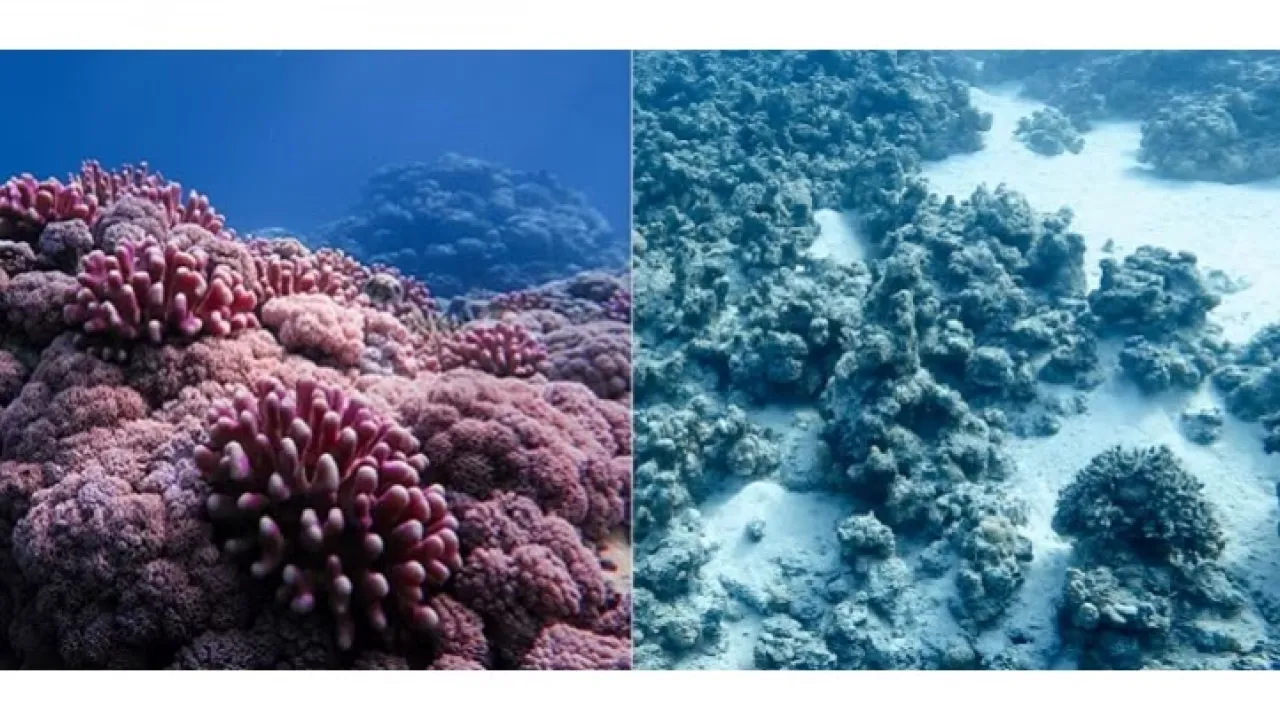
Changing how we predict coral bleaching
A remote sensing algorithm offers better predictions of Red Sea coral bleaching and can be fine tuned for use in other tropical marine ecosystems.
About
Coral bleaching events may occur more frequently in the Red Sea than previously thought, according to an algorithm developed by KAUST researchers. Their findings also indicate that the northern part of the Red Sea might not remain a thermal refuge for coral ecosystems for long.
Ocean modeling expert Ibrahim Hoteit, and colleagues, used more than 30 years of satellite data on Red Sea surface temperatures to develop an algorithm that successfully isolated every extreme warming event that led to documented coral bleaching in the Red Sea. Their approach suggests that coral bleaching in the Red Sea may be greatly underestimated.
When exposed to unusually high sea surface temperatures for prolonged periods, corals expel the marine algae that live within them. Because these algae serve as the corals' main energy source, in their absence, coral colonies turn a deadly looking white, a phenomenon known as coral bleaching. If the adverse conditions continue, it is difficult for the corals to regain the algae and so they tend to die, in turn affecting the coral reef ecosystem that depends on them for survival.
Red Sea surface temperatures are among the warmest in the world, and its corals are thought to be among the most heat tolerant. But Red Sea corals are poorly monitored, and therefore, little is known about the true extent of their damage due to rising temperatures.
“It is important to detect bleaching-prone regions in the Red Sea because this allows us to optimize the sustainable management of the coastline by identifying the areas most in need of mitigation plans to reduce the stress on corals,” says Ph.D. student Lily Genevier.
Currently, scientists use a measure called degree heating weeks to assess the accumulation of heat stress, or the duration and amount that temperatures rise above the bleaching threshold of 1 degree Celsius over the highest summertime mean of sea surface temperatures. But this method has both overestimated and missed Red Sea bleaching events. “This may be because this method is not efficient at detecting unusual warming in cooler periods,” Genevier explains.
Read the full article
